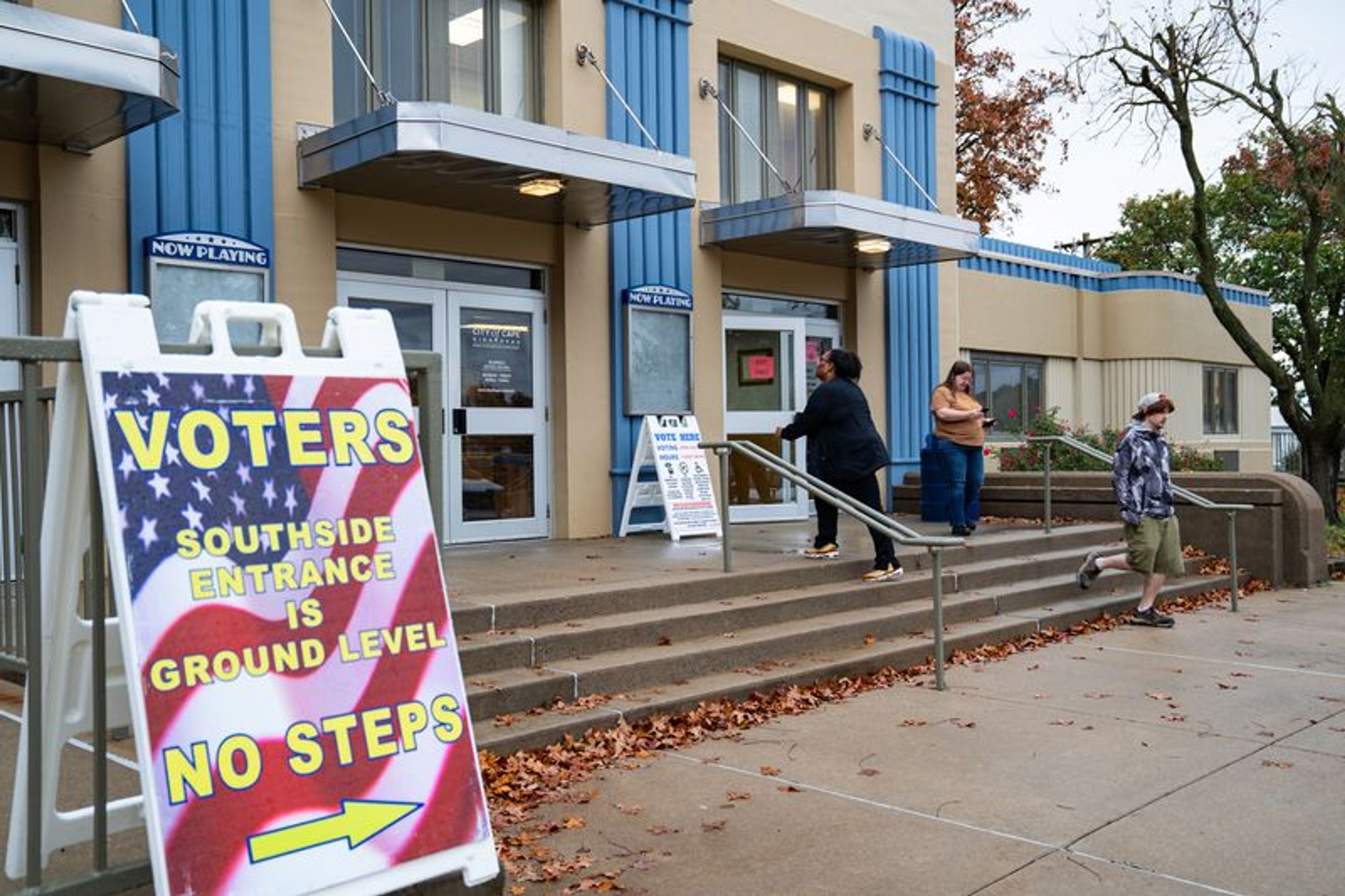LETTERS: DEMOLITION PLANS: THINK OF PEOPLE
To the editor: Buildings are torn down for many reasons. Sometimes, with the passage of time and neglect, they have deteriorated to the extent that restoration is not possible. On occasion, an existing building must be sacrificed to a practical need to redevelop a piece of real estate. ...
To the editor:
Buildings are torn down for many reasons. Sometimes, with the passage of time and neglect, they have deteriorated to the extent that restoration is not possible. On occasion, an existing building must be sacrificed to a practical need to redevelop a piece of real estate. Safety is sometimes a deciding factor. Every community is faced with the responsibility for making decisions about razing buildings, knowing that the proposal to tear down a particular building can trigger a highly charged emotional response from the people.
Persons who have a sense of history might have an attachment to partciular buildings that closely resembles veneration. A building can become a shrine, almost a sacred place, because of its former use or because of persons associated with the building in the past. A person who does not share in such sentiments might regard any degree of attachment to a building a fanatic behavior. This is how community controversies about tearing down buildings begin. It is a crisis usually not guided by reason, but by feelings.
The old St. Francis Hospital building has admittedly become an eyesore. Rehabilitation is reportedly possible. It does not stand in the way of progress in terms of real-estate development or civic improvements. Its potential use had been declared, but no decisive action has been taken. The fate of the building has become a public issue, which has stirred up some deeply felt emotions.
What is there about the old hospital building that triggers a negative emotional response to the proposal that it be torn down? The key to understanding is the fact that loyalty is felt not to a building, but to literally thousands of people of the Cape Girardeau area who have been closely associated with St. Francis Hospital. First, a hospital is a venerable place, because it is committed to fostering human life. How many people still living feel a tug of human emotion and a need to defend the old building? Many were born there. As many gave birth there. Parents, family and friends slipped away in death as they were attended by love ones. Times ofjoy, wrenching pain, anxiety, hope -- the scope of human feeling -- come to mind. All of this was presided over by the Sisters of St. Francis, who administered the hospital while providing the additional assets and value of their personal attention and prayers for each and every patient. Medical personnel and all who were their co-workers have memories of St. Francis Hospital that evoke charged emotions, the least of which is not personal gratitude that the hospital made it possible for them to practice their healing profession in the Cape Girardeau community.
As long as there is no pressing need to remove the building from sight, should it not remain standing, with the hope that some community use of the building might warrant its rehabilitation?
It is not facetious to apply this same manner of reasoning with respect to the barbecue shop located on William Street near Spanish Street. Is there a practical need to tear it down? It seems there is not. Is it an eyesore? Yes, but if that were the justification for tearing down the structure, southeast Cape Girardeau might soon be without buildings. What about the people issue? Is it possible that someone might become passionately emotional about the building that made available to the community some truly choice barbecue? How many persons can still savor the product sold there for -- how many years? How about the gratification and the delight experienced by those who produced the product?
We are accustomed, I am afraid, of thinking about buildings withou a reference to people. Cities like Cape Girardeau are communities of people who built buildings for specific purposes. These buildings are an integral part of the history of our city. If we know little about the history of Cape Girardeau, it is possibly because we think history is not important or because learning history requires hours of intellectual activity, and the end result has little economic value. Or perhaps it is because we have little affection for people of the past, present or future.
Cape Girardeau today is what people, served by their buildings, made the city to be since 1806. We present citizens of Cape Girardeau set out to accomplish our objectives by building new buildings and by utilizing buildings of the past in a continuous process of growth and development and accomplishment. Some buildings will remain standing for many years, it is hoped, as memorials of human accomplishments in the past. It might be well for the sake of personal insightfulness to expand the term "history" to "history of human activity."
Do we recall when it appeared certain that Old St. Vincent Catholic Church was destined for a date with the headache ball? It was rumored to be structurally unsound, whereas engineers pronounced it in excellent condition. It was considered obsolete, because another Catholic parish church was not needed in that part of the city. The architectural value of the church was researched with gratifying results. It was decided that the old church was to survive. It was to continue as a place of worship while becoming a religious-cultural center for the Cape Girardeau areas. The crown jewel of Cape Girardeau, as it is sometimes called, was saved from destruction and stands as a sacred place and as a shrine to truly great accomplishments in the past.
Any reflection on the issue of saving old buildings must begin by making people the highest priority -- people of the past, present and future.
In the foreesable future, thounsands of people will drive between Missouri and Illinois over a beautiful new Bill Emerson Memorial Bridge. They will have time for a quick glance at what lies below and see -- what will they see? Area after area of South Cape and the riverfront in a sad state of neglect? Or bare blocks on which few buildings remain, because they have been torn down indiscriminately? Or beautiful, quaint neighborhoods which are a blend of the old and the new, with a distinct Cape Girardeau atmosphere?
The tearing down of buildings in Cape Girardeau, it seems, should stop until there is a comprehensive plan for rehabilitating and initially developing the entire riverfront. Cape Girardeau has never truly exploited its riverfront for the benefit of all of the people of the city. That should be a high-priority goal. It should be though of not as a project for only one segment of the city, but an enhancement of the entire city of Cape Girardeau for all the people.
When we arrive at the state in which concern for people is the highest objective, when buildings are seen as a history of the accomplishments of the people of our city, when the people of Cape Girardeau truly see themselves as one people, as one community, the stage is set for developments that will catch the eye of many people far beyond our city limits.
MONSIGNOR JOSEPH E. GOSCHE
Cape Girardeau
Connect with the Southeast Missourian Newsroom:
For corrections to this story or other insights for the editor, click here. To submit a letter to the editor, click here. To learn about the Southeast Missourian’s AI Policy, click here.








